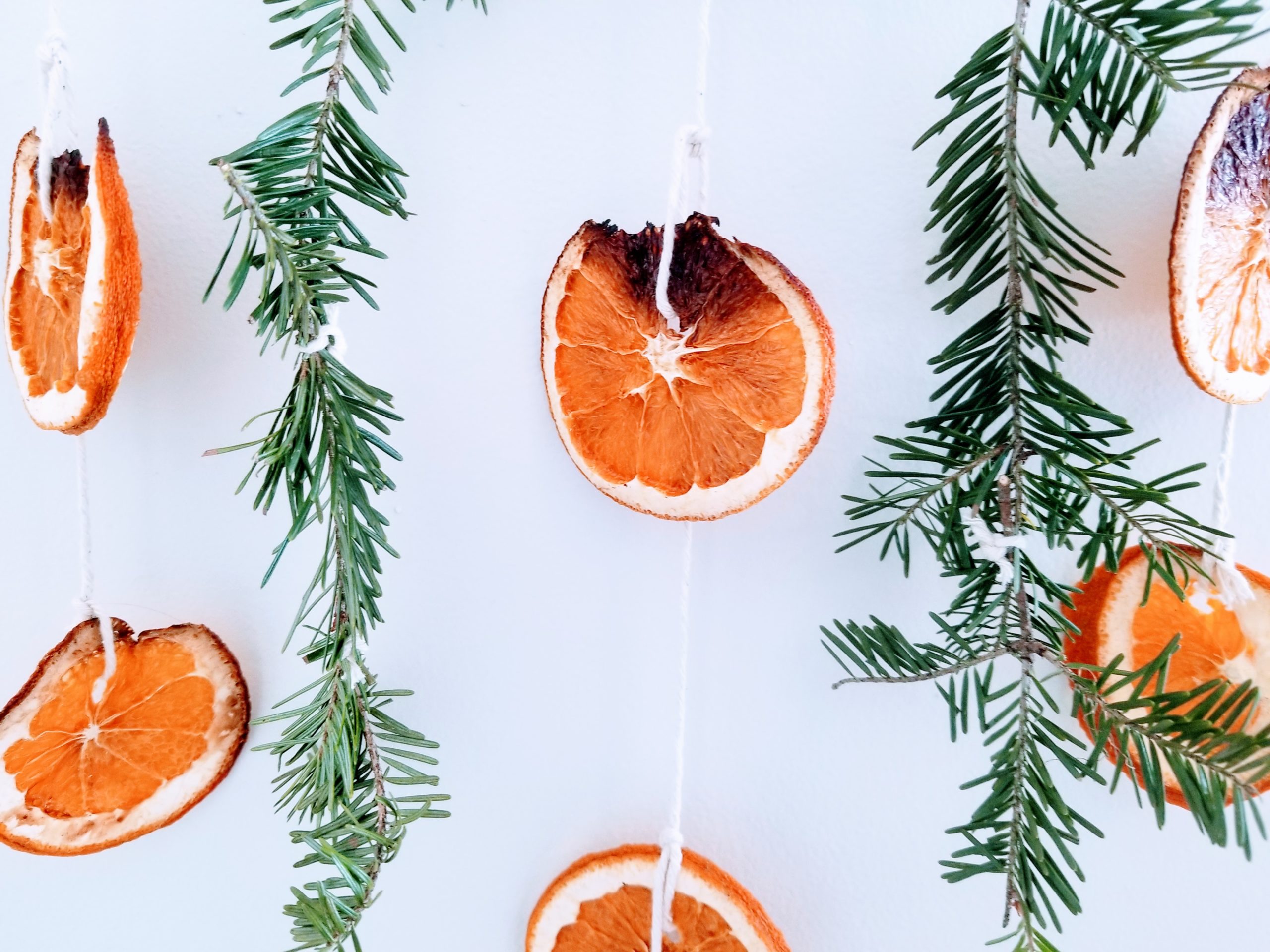Yule, or the solstice, is a special marker of the planet’s natural and ancient cycles. It signifies the day that has the least amount of light—it’s the longest night of the year. While this is a time of darkness, at this point the days will only get longer. Light will increase and eventually bring us to the summer solstice. This is a holiday of light, hope, and of celebrating what winter truly signifies- ascension; the march back towards the sun.
Many cultures around the world celebrated Yule. In Scandinavia, they toasted first to Odin and then two other gods associated with the season, before commencing with talking about what they planned to achieve in the new season. They’d give gifts (such as apples and oranges spiked with cloves), eat seasonal food, and leave out sugar and hay for Odin’s horse, Sleipnir. “Jule” means parties, so this wasn’t taking place over just one day. Yule is the first of 12 days where they celebrated and honored the solstice, keeping a yule log burning the whole time. At the end of the 12 days, they held a bonfire and welcomed the sun back.

This day also happens to be the root of most beloved Christmas traditions, such as having evergreen trees inside, giving gifts, hanging wreaths, and celebrating on the day itself- closer to Yule than the supposed birth of Christ (which is believed to have been in the spring). Christianity was introduced to northern Europeans when they were practicing paganism and Earth-tied belief systems. They were hesitant (at best) to adopt a new belief system, so in order to increase conversion and cooperation, Christians allowed them to practice both religions, or they’d incorporate pagan traditions into their Christian agendas (such as moving their day of observing Christ’s birth to be held during pagan celebrations that already existed).
This is a beautiful and old celebrating, and the 12 days are just beginning. If you’d like to take part in the celebrations, here are some ways you can participate as well.
Decorate a Yule Tree
Many people who celebrate in December today generally have a tree already, so this is especially familiar. Decorate using oranges spiked with cloves, dried fruit slices, lights, warm colors, and things like seashells or acorns- natural materials you can find locally!
Hang a wreath on your door
Wreaths are deeply entrenched in pagan traditions in the north, and this can be protective during the long nights. Mindfully hang one up, and consider whispering blessings to your house.
Burn a log
This needs to be done responsibly, but traditionally an oak log was used. Use what you have and burn it (or place little tea candles on it and light those). You can keep it burning until sunrise, or keep it smoldering for all 12 days. Think about ascension, and rising out of the darkness as you light it. You can decorate it with dried oranges, evergreen branches, mistletoe, holly, or carve designs on it that signify Yule.
Bake a Yule Log cake
If you don’t want to burn a log, you can make a Yule Log cake- similar to a Swiss roll cake. You can decorate it to look like a log with vegan chocolate or espresso frosting, or you can just make it in a way that helps you feel connected to the holiday. You can even make cinnamon rolls instead, or any other spiral dessert, filling them with cinnamon and cranberries!
Have a feast
This holiday is all about feasting, so this is especially festive to do. Have in season foods, cider, and citrus to signify the sun. Invite your friends and family, and make toasts to your own gods, values, or the Earth. Then talk about your New Years resolutions. Traditionally, there was a place set for their dead, so if you’ve lost someone this is a good time to honor them.
Light candles
Fire is a classic Yule symbol, so whether it’s candles or incense or a fire place, have something lit as you observe.
Meditate on or celebrate your own rise out of darkness
This is the center of the holiday- the return of the sun. Meditate on your relationship to the sun and to light, and celebrate it. You can decorate with colors that make you feel warm, write a list of things you’re excited for when the light comes back, wear warm tones, and think about the Earth’s cycles.
Make winter the center of your celebrations
Whether you make cut-out paper snowflakes, eat snow-colored foods, wear sweaters, or make ice art (for example, freezing berries in ice cube trees), there are plenty of ways to celebrate the winter. People associate the winter with darkness, but Yule, or the first day of it, is the first day of winter- and at that point, the days start to get longer. Winter isn’t about darkness at all. Winter is about the sun’s return, so consider combining wintery decorations with sunshine-filled ones (such as orange colored streamers).

However you choose to celebrate, keep winter and the sun’s return the center of it all. Yule is about returning to warmth and light, and it’s rooted in the incredible cycles of our planet. Honor that, and you’ll feel renewed after your celebrations.
Get more like this—Sign up for our daily inspirational newsletter for exclusive content!
__
Photo: Emily Iris Degn




